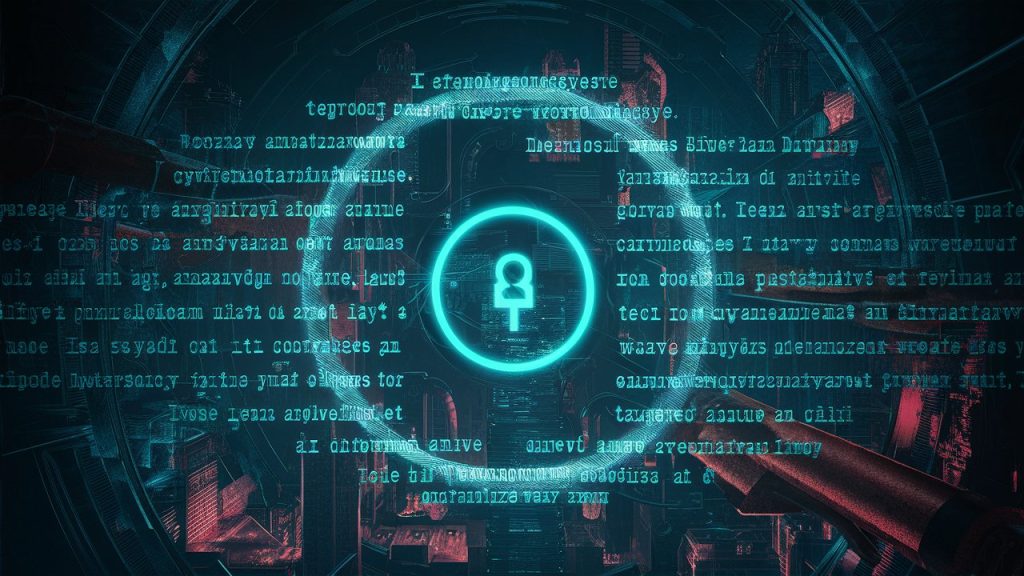Table of Contents
Cipher Feedback (CFB) is a critical concept in modern cryptography, playing a vital role in ensuring data security. To begin with, understanding CFB requires a grasp of basic encryption principles. Essentially, encryption transforms readable data, known as plaintext, into an unreadable format called ciphertext. Thus, it protects sensitive information from unauthorized access. Consequently, Cipher Feedback emerges as an essential mode of operation for block ciphers, enhancing their versatility and security.
Understanding Cipher Feedback Mode

Firstly, let’s delve into the mechanics of Cipher Feedback. Unlike other encryption modes, CFB turns a block cipher into a self-synchronizing stream cipher. Specifically, it processes small segments of plaintext at a time, making it more adaptable for certain applications. For example, CFB can handle data of arbitrary lengths, which is particularly useful for encrypting streaming data or data that arrives in varying sizes. Additionally, it allows for immediate encryption and decryption, which is crucial in time-sensitive scenarios.
How Cipher Feedback Works
To further illustrate, consider how Cipher Feedback operates. Initially, an initialization vector (IV) is generated. This IV is encrypted using the block cipher and then combined with the plaintext segment using an exclusive OR (XOR) operation. Consequently, the result is the ciphertext segment. This process is repeated for each subsequent segment, with the ciphertext of the previous segment being used as input for the next encryption step. Therefore, even small changes in the plaintext result in significant changes in the ciphertext, enhancing security.
Advantages of Cipher Feedback
Moreover, Cipher Feedback offers several advantages. Firstly, it ensures data confidentiality, as the same plaintext will produce different ciphertexts each time due to the unique IV. Furthermore, CFB can be used for error propagation. For instance, if a single bit in the ciphertext is altered, it will affect the decryption of not just the corresponding plaintext segment but also subsequent segments. As a result, it can help detect and mitigate errors or tampering.
Applications of Cipher Feedback

Additionally, the applications of Cipher Feedback are numerous. In the field of telecommunications, for example, CFB is employed to secure voice and video transmissions. This is because it can encrypt data in real-time, ensuring that communications remain confidential and protected from interception. Moreover, in the realm of file encryption, CFB’s ability to handle data of varying lengths makes it ideal for securing files of different sizes. Consequently, it is widely used in software applications and secure file transfer protocols Personal Computing.
Challenges and Considerations
However, there are also challenges associated with Cipher Feedback. One notable issue is the need for a reliable IV. If the IV is compromised or predictable, the security of the entire encryption process is at risk. Therefore, generating a secure and random IV is crucial. Additionally, while CFB provides error propagation, this can also be a disadvantage in some scenarios. For instance, in cases where data integrity is more critical than confidentiality, other modes of operation might be more suitable.
Future Prospects
Looking ahead, the future of in cryptography remains promising. As cybersecurity threats evolve, the need for robust encryption methods like CFB becomes even more critical. Advances in cryptographic research are likely to enhance the efficiency and security of CFB further. For example, integrating quantum computing principles could lead to more sophisticated encryption techniques, thereby strengthening data protection.
Conclusion

In conclusion, Cipher Feedback is an indispensable component of modern cryptography. Its ability to convert block ciphers into stream ciphers, combined with its adaptability and error detection capabilities, makes it a valuable tool for ensuring data security. While it comes with its challenges, the advantages it offers far outweigh the drawbacks. As technology continues to advance, will undoubtedly play a pivotal role in safeguarding our digital world. Therefore, understanding and utilizing Cipher Feedback is essential for anyone involved in the field of cybersecurity.


